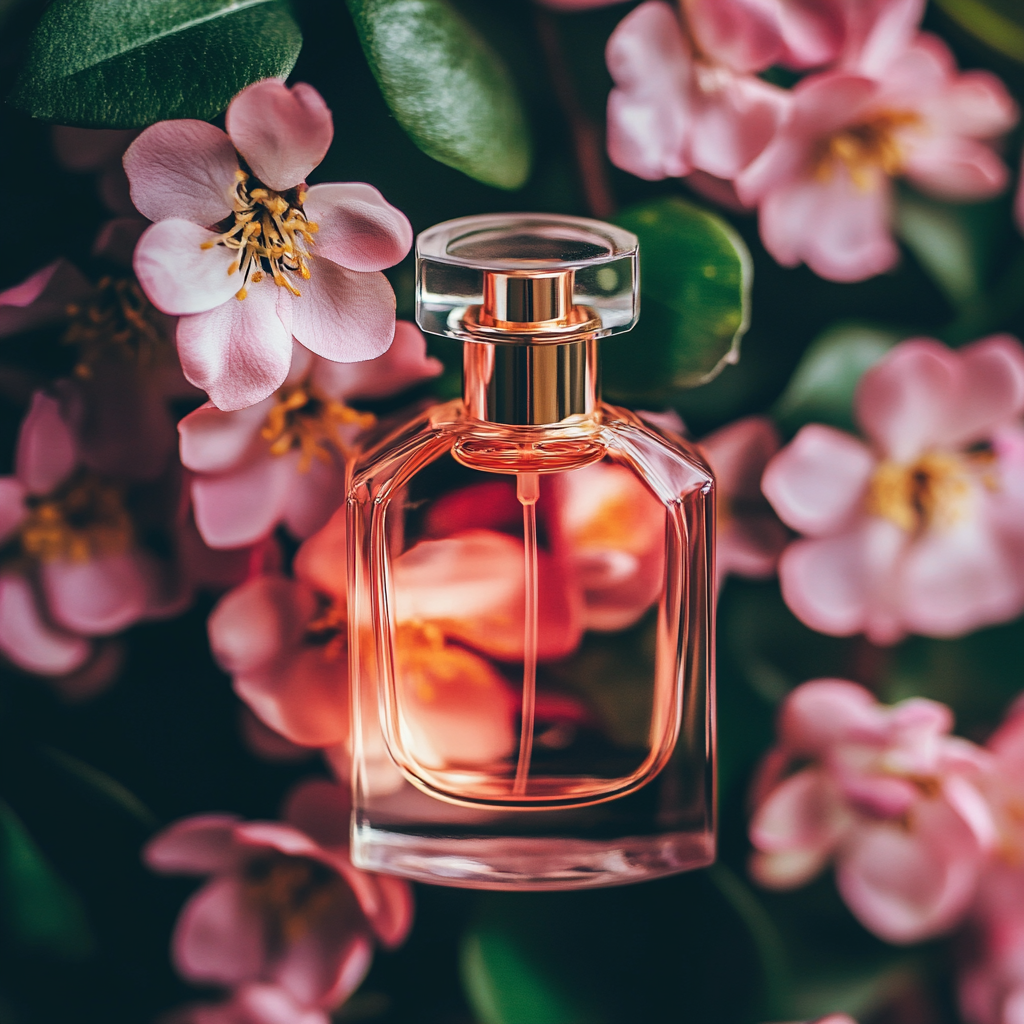Perfume has long been woven into the fabric of human history, dating back thousands of years to ancient civilizations. The Egyptians were among the first to use aromatic oils in their religious rituals and daily lives, treating fragrances as sacred offerings to the gods. In ancient Greece and Rome, perfumes became symbols of status, with luxurious scents used to adorn both the body and the environment. Over time, the art of perfumery evolved, spreading across continents and gaining prominence in medieval and Renaissance Europe. By the 19th century, the modern perfume industry began to take shape, with advancements in chemistry allowing for more complex and long-lasting compositions.
Fragrance is not just an accessory; it is an integral part of cultural and personal identity. Across the globe, perfumes have been used to celebrate love, commemorate achievements, and signify transitions in life. From traditional attars in India to the avant-garde creations of Parisian perfumers, scents have always captured emotions and memories. They have the unique power to transport us to a specific moment in time, evoking nostalgia and even shaping perceptions of those around us. In this way, perfumes transcend mere aesthetics—they are deeply rooted in human experience.
The Creation and Philosophy Behind Iconic Fragrances
Creating a legendary perfume is a blend of science, art, and emotion. It begins with the careful selection of ingredients—essential oils, absolutes, and synthetic molecules—that will form the composition. Master perfumers, often referred to as “noses,” work meticulously to balance top, middle, and base notes, ensuring the scent evolves beautifully over time. This process can take months, even years, as each element must harmonize to create a memorable and enduring fragrance.
The world of perfumery is shaped by iconic houses such as Chanel, Guerlain, and Dior. These institutions have defined standards of excellence, pushing boundaries while honoring tradition. The philosophy behind their creations often stems from a deep understanding of human emotions and the desire to capture them in olfactory form. For instance, Chanel No. 5 was envisioned as a modern, abstract fragrance for the liberated woman of the 1920s, while Dior’s J’adore celebrates femininity in all its opulence.
What sets iconic fragrances apart is the vision and artistry of their creators. Legendary perfumers like Jacques Guerlain, François Coty, and Edmond Roudnitska approached their craft with a unique perspective. They viewed perfume not just as a commodity but as a medium for storytelling. Their work often reflected broader cultural movements, blending innovation with a respect for tradition. These philosophies remain central to the creation of masterpieces that resonate across generations.
Key Figures in the History of Perfumery
The history of perfumery is illuminated by trailblazers whose contributions have defined the industry. One such figure is Jacques Guerlain, the genius behind classics like Shalimar and Mitsouko. Known for his bold use of oriental and chypre accords, Guerlain believed in creating scents that evoked deep emotion, often inspired by art and literature. His approach combined intuition with technical expertise, setting a standard for future generations.
Another monumental name is Ernest Beaux, the creator of Chanel No. 5. Beaux’s innovative use of aldehydes transformed the perfume landscape, introducing a level of abstraction never before seen. His groundbreaking work demonstrated that a fragrance could be more than the sum of its parts—it could become a symbol of modernity and sophistication. His legacy continues to influence contemporary perfumers who seek to blend the avant-garde with timeless elegance.
Finally, we must acknowledge the contributions of Jean-Claude Ellena, whose minimalist philosophy revolutionized modern perfumery. Ellena, the longtime in-house perfumer for Hermès, crafted scents that are both simple and profound, often drawing inspiration from nature and everyday experiences. His belief in the power of subtlety has redefined what it means to create a masterpiece, proving that less can indeed be more.
Iconic Fragrances of the 20th Century
The 20th century gave rise to some of the most enduring and influential perfumes in history. Chanel No. 5, launched in 1921, became a cultural phenomenon, synonymous with elegance and sophistication. Its clean, powdery scent and revolutionary aldehydic composition were unlike anything the world had seen before, making it a staple for generations of women. Marilyn Monroe famously heightened its allure by declaring it the only thing she wore to bed.
Guerlain’s Shalimar, introduced in 1925, epitomizes the oriental fragrance family with its rich blend of vanilla, iris, and tonka bean. Inspired by the love story of Shah Jahan and Mumtaz Mahal, Shalimar captures the essence of romance and exoticism. It remains a testament to the power of storytelling in perfumery, connecting scent to emotion in a profound way.
Another standout is Dior’s Miss Dior, launched in 1947 alongside Christian Dior’s New Look collection. This green floral fragrance symbolized post-war optimism and femininity, blending citrus, jasmine, and patchouli into a timeless composition. Each of these perfumes not only defined their eras but also paved the way for new olfactory trends, proving that a truly iconic scent transcends time.
Why Classic Scents Endure
What makes a perfume timeless? It’s a combination of emotional resonance, innovative craftsmanship, and cultural significance. Iconic fragrances often tap into universal themes—love, freedom, and elegance—allowing them to remain relevant despite changing trends. Their enduring popularity is a testament to their ability to evoke feelings and memories that stand the test of time.
Tradition plays a significant role in the longevity of classic scents. Perfume houses often revisit their heritage, reinterpreting iconic fragrances to appeal to modern audiences while preserving their original spirit. This balance between innovation and respect for history ensures that these masterpieces continue to captivate new generations. For example, flankers and limited editions breathe new life into timeless compositions without diluting their essence.
Ultimately, the legacy of iconic perfumes lies in their ability to connect with people on a deeply personal level. Whether it’s the nostalgia of a mother’s favorite scent or the allure of a fragrance passed down through the years, these classics hold a unique place in our lives. Their timelessness is a reminder that, while trends may come and go, true artistry endures.
The Hallmarks of Iconic Perfumes
- Emotional impact: They resonate deeply with wearers across generations.
- Cultural relevance: They reflect and influence societal trends.
- Craftsmanship: Their meticulous creation ensures lasting appeal.
In addition to this article, we would like to advise you to read our article, where we talked about the science of how spirits affect our emotions and memories.
FAQ
It’s a fragrance with timeless appeal, innovative composition, and cultural significance.
Their ability to evoke emotions and memories ensures they transcend fleeting trends.
Jacques Guerlain, Ernest Beaux, and Jean-Claude Ellena are among the most influential.

